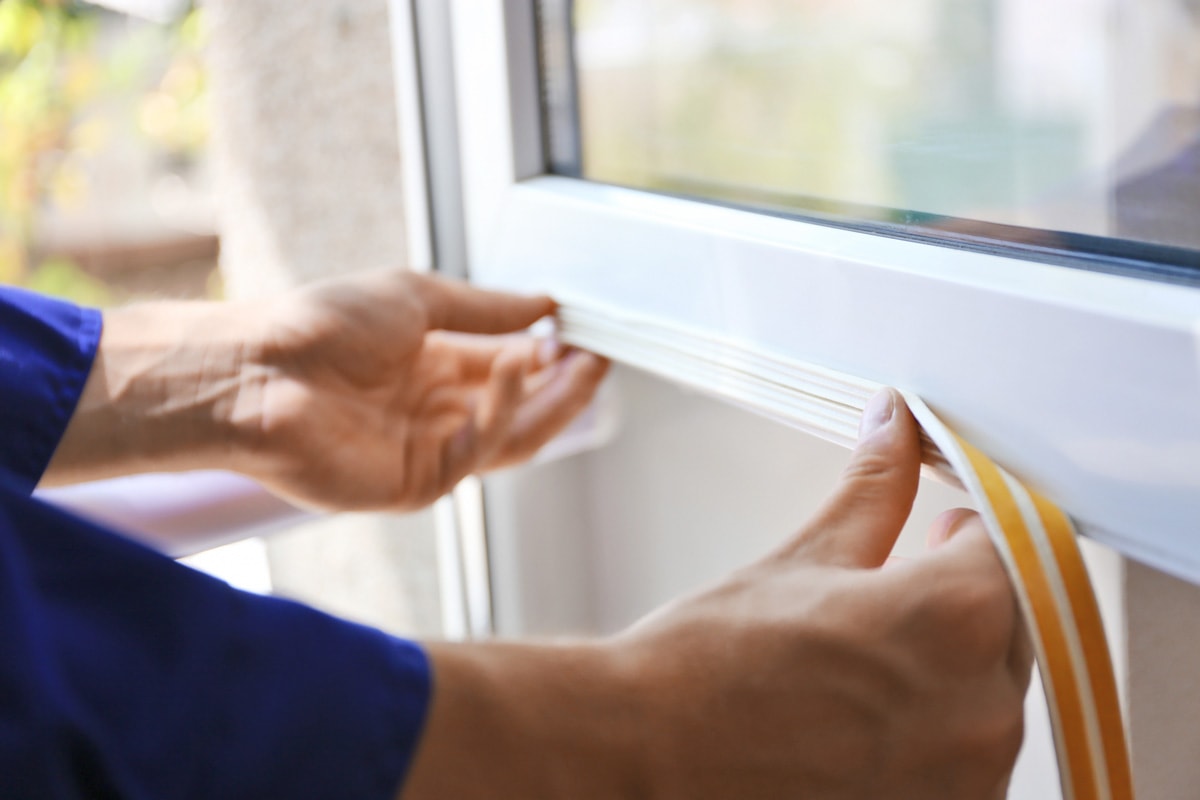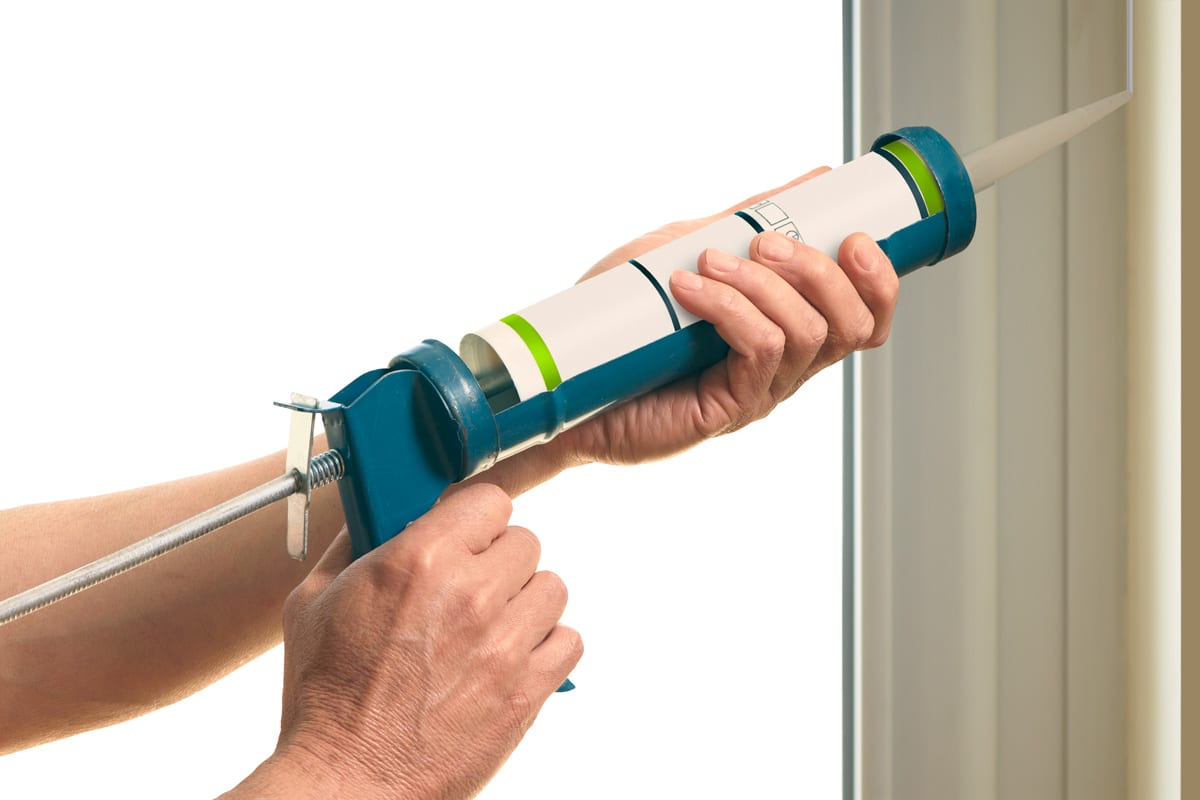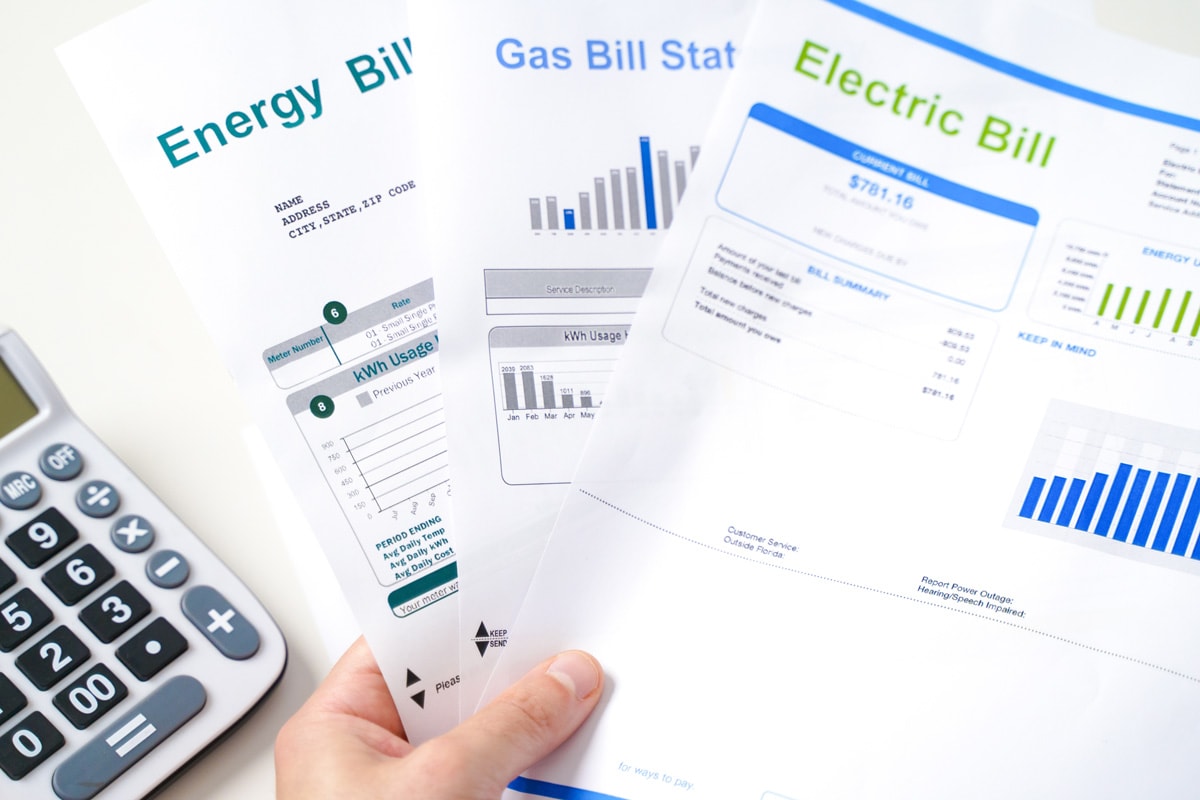Having central heating is a big convenience, especially during the winter months. However, running the heat isn't free. Does turning off the heat save money? We've done the research to bring you the answer to this question.
While many believe that keeping the heat running is cheaper, this is actually a myth. Turning off your heat will help you save money, but it will take longer to warm your space back up after it cools.
In this article, we'll take a closer look at how much it costs to keep your heater running and how you can reduce your heating bill. We'll also see whether maintaining a constant temperature is more affordable and the ideal temperature to keep your bills low. Read on to learn more!

Is It Cheaper To Keep House At A Constant Temperature?

According to the Energy Saving Trust, letting your heat run is more expensive than turning it off and back on again. However, this doesn't mean there are no cases where you should keep your heat running. The cost depends on how well insulated and sealed your property is. The percentage of savings through thermostat setbacks or keeping the house at a constant temperature can really be much more if your house is adequately insulated.
If you're planning on spending a lot of time in your house during the day—like if you work from home—you will need to keep the temperature at a comfortable level throughout the day. In this case, it may be better to make sure your home is well insulated and keep the heat turned on.
The ideal thermostat temperature for energy efficiency and comfort is 68 degrees Fahrenheit. The most cost-effective method of heating your house is to use a gas central heating system that is efficient, equipped with a complete set of thermostatic radiator valves, a room thermostat, and a timer 0.29.
How Can You Reduce Your Heating Bill?

Keeping warm during the cold months can be a challenge, especially if your home is poorly insulated or if you don't have enough heat. But don't worry—there are things you can do to make your home warmer without spending a lot of time or money!
1. Seal and Peel Caulk
This is one of the easiest ways to insulate your windows and doors. You should buy a plastic insulation window kit for this purpose. It will help you seal around the window frame as well as around any door that leads outside. This way, you will not let heat escape through these openings.
2. 100% Silicone for Doors and Windows
Another easy way to insulate your windows and doors is by using 100% silicone for doors and windows. This material comes with an adhesive back so you can apply it easily over the gap between your door frame and door jambs or window frames, sealing out cold air from entering your home.
The material is flexible so it will not crack when someone opens the door or window; instead, it will return to its original shape after being pressed against something solid like wood or metal fixtures found inside homes across America today!
3. Caulking gun

Use a caulking gun to seal gaps and cracks in your walls, doors, and windows. It's easy to use and inexpensive!
4. Spray foam

Spray foam is another great option for sealing gaps and cracks. You can buy it at any hardware store.
5. Window/door draft stopper
If you're looking for an easy fix that'll help keep out the cold air, try using a door draft stopper. They come in all kinds of different colors and styles—you're sure to find one that fits your style!
6. Interior door draft stopper
This option is similar to the one above, but it's made specifically for interior doors rather than exterior doors. If you have an interior door that lets cold air in when it opens up (like in a closet or bathroom), then this could be something worth checking out!
7. Humidifier

A humidifier is one of the easiest ways to improve air quality in your small room. It will also help prevent dry skin and nasal congestion, so it's perfect for people with allergies or asthma who need to stay warm all year round.
8. Heated blanket

A heated blanket is an excellent way to keep yourself warm during cold weather. The blankets come in different sizes, styles, and colors which makes them more attractive than the traditional blankets. They are also very easy to use as they have different functions such as warming up and cooling down which makes them ideal for both summer and winter seasons.
10. Heated mattress pad
A heated mattress pad is another option that you can use during winter seasons to keep yourself warm at night while sleeping. The mattress pads are designed to fit perfectly on top of your bed sheets and they come with many different features such as auto shut-off timers, adjustable heat settings, and dual controls which makes them very convenient for people who are looking for quality sleep during cold weather.
How Much Does It Cost To Run Central Heating For 1 Hour?

To get an accurate estimate of how much it will cost to run your central heating system, you need to know a few things. Such as, what kind of central heating system do you have – do you have a gas or electric system? It will also depend on what type of heating unit you have.
Electric heaters are generally cheaper to install. However, running an electric heater is more expensive than running a gas heater.
The cost will also depend on the area you live. Different locations have very different electric and gas costs. The size of your unit and the space you are heating will also have a large impact on the cost to operate.
Because of these factors, it's impossible to give a single, universal answer on the cost to run a heater.
To Sum It Up
If you're looking to save money on your heating bill, there are a few things you can do.
First, turn down your thermostat! The U.S. Department of Energy estimates that a family can save 5 to 15% a year on heating costs by lowering its thermostat by around 10 to 15 degrees for eight hours each day when sleeping or away from home.
Second, consider turning off the heat entirely for an hour or two during the day—but don't worry about your pipes freezing! They'll be fine as long as they're not exposed to the cold and are properly insulated. This is especially helpful if you have forced-air heating.
If you found this article helpful, check out these informative posts:
